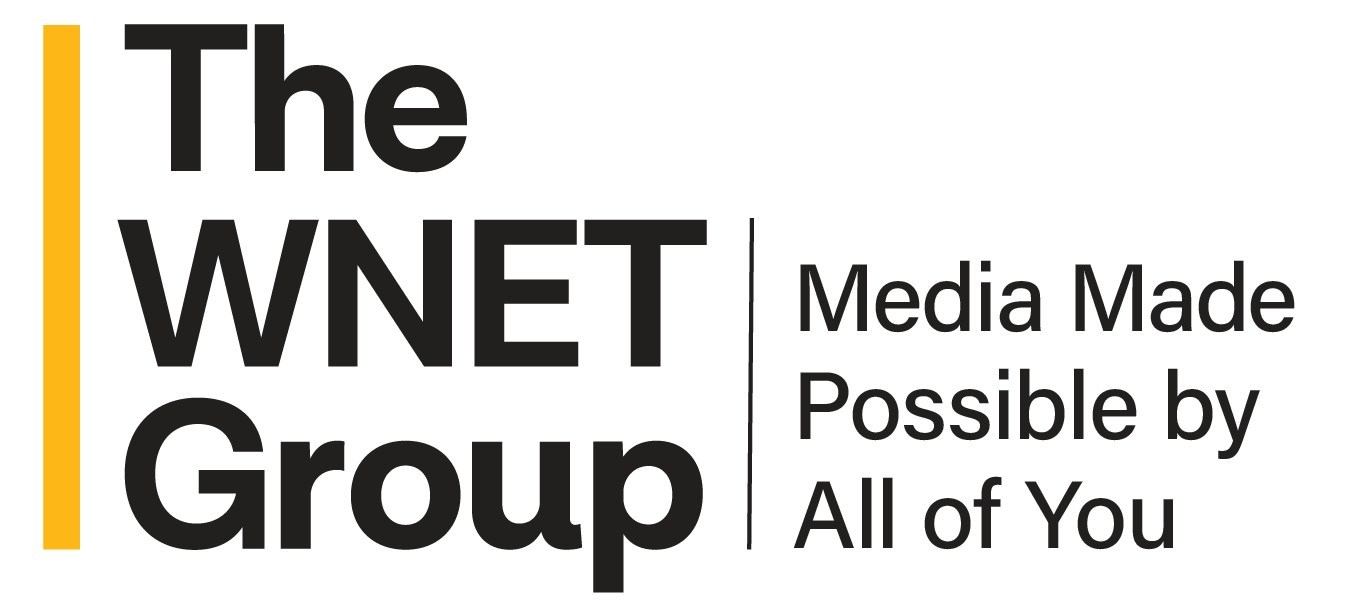Silicon Labs Unveils Complete ‘Radio-On-A-Chip’
The announcement by Silicon Labs of a complex radio receiver in a single chip that could—depending on model—provide an audio output from AM, FM or digital signals in the various broadcast and shortwave bands had me looking back on how far radio receivers have come since I once worked on AM car radios that used low-voltage tubes, tuned RF stages and a mechanical pushbutton system for storing station frequencies.
The Silicon Labs announcement revealed the new monolithic Si468x receiver I.C.s use software-defined-radio technology to provide an antenna input-to-audio output digital radio system capable of receiving FM, HD Radio, and DAB/DAB+ broadcasts for a wide range of audio applications ranging from inexpensive tabletop/clock radios to radios in mobile phones, tablets and personal navigation devices. The Si468x data page has details.
While it notes that: “The family offers all-in-one, ultra-low power, multi-band digital broadcast receivers to support global analog and digital radio standards including AM, SW, LW, FM, FM RDS, HD, DAB, DAB+, DMB, and DRM(30),” I only saw VHF inputs on the block diagram, and AM was not mentioned in the Si468x specifications. (AM/SW reception is available in the Si477x line of ICs.)
Samples and production quantities of the Si468x digital radio receivers are available, beginning at $5.62 in 10,000 unit quantities. An evaluation kit is available for $550.
Based on the evaluation kit’s manual, it appears it could be useful as a way to monitor radio reception parameters that are not available on conventional receivers. Distributors include DigiKey and Arrow Electronics.
Get the TV Tech Newsletter
The professional video industry's #1 source for news, trends and product and tech information. Sign up below.

Doug Lung is one of America's foremost authorities on broadcast RF technology. As vice president of Broadcast Technology for NBCUniversal Local, H. Douglas Lung leads NBC and Telemundo-owned stations’ RF and transmission affairs, including microwave, radars, satellite uplinks, and FCC technical filings. Beginning his career in 1976 at KSCI in Los Angeles, Lung has nearly 50 years of experience in broadcast television engineering. Beginning in 1985, he led the engineering department for what was to become the Telemundo network and station group, assisting in the design, construction and installation of the company’s broadcast and cable facilities. Other projects include work on the launch of Hawaii’s first UHF TV station, the rollout and testing of the ATSC mobile-handheld standard, and software development related to the incentive auction TV spectrum repack. A longtime columnist for TV Technology, Doug is also a regular contributor to IEEE Broadcast Technology. He is the recipient of the 2023 NAB Television Engineering Award. He also received a Tech Leadership Award from TV Tech publisher Future plc in 2021 and is a member of the IEEE Broadcast Technology Society and the Society of Broadcast Engineers.
